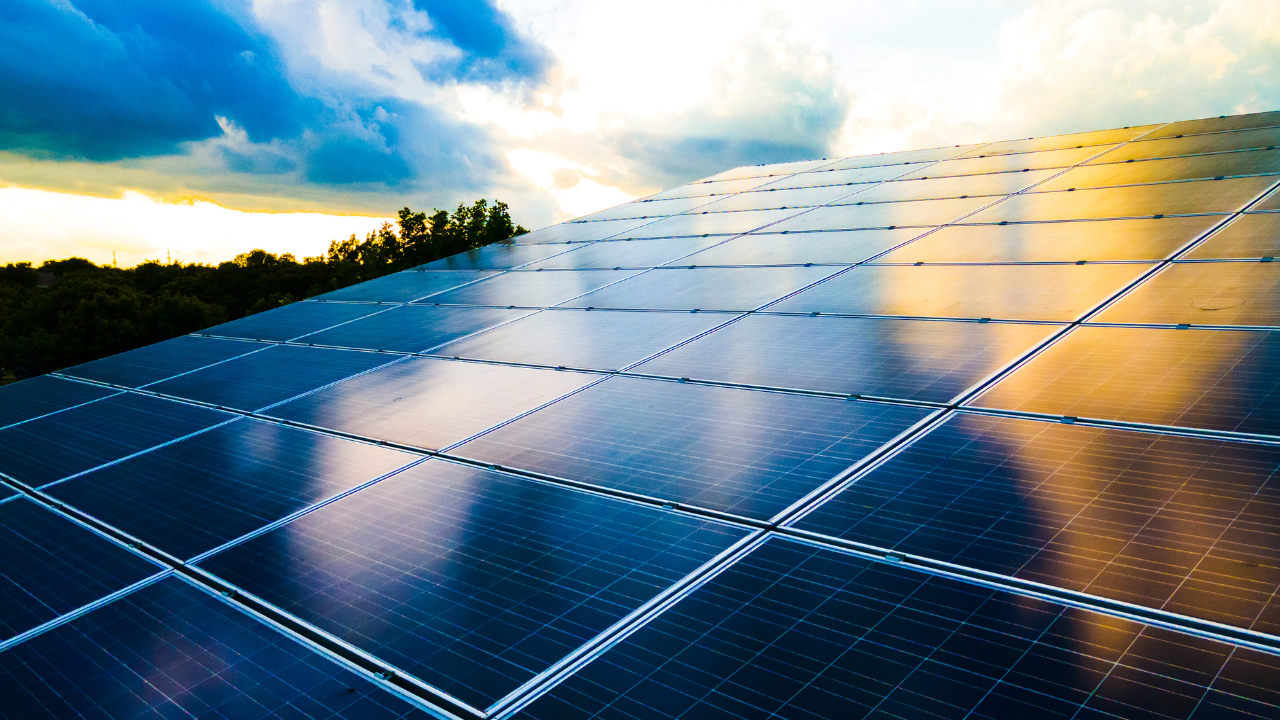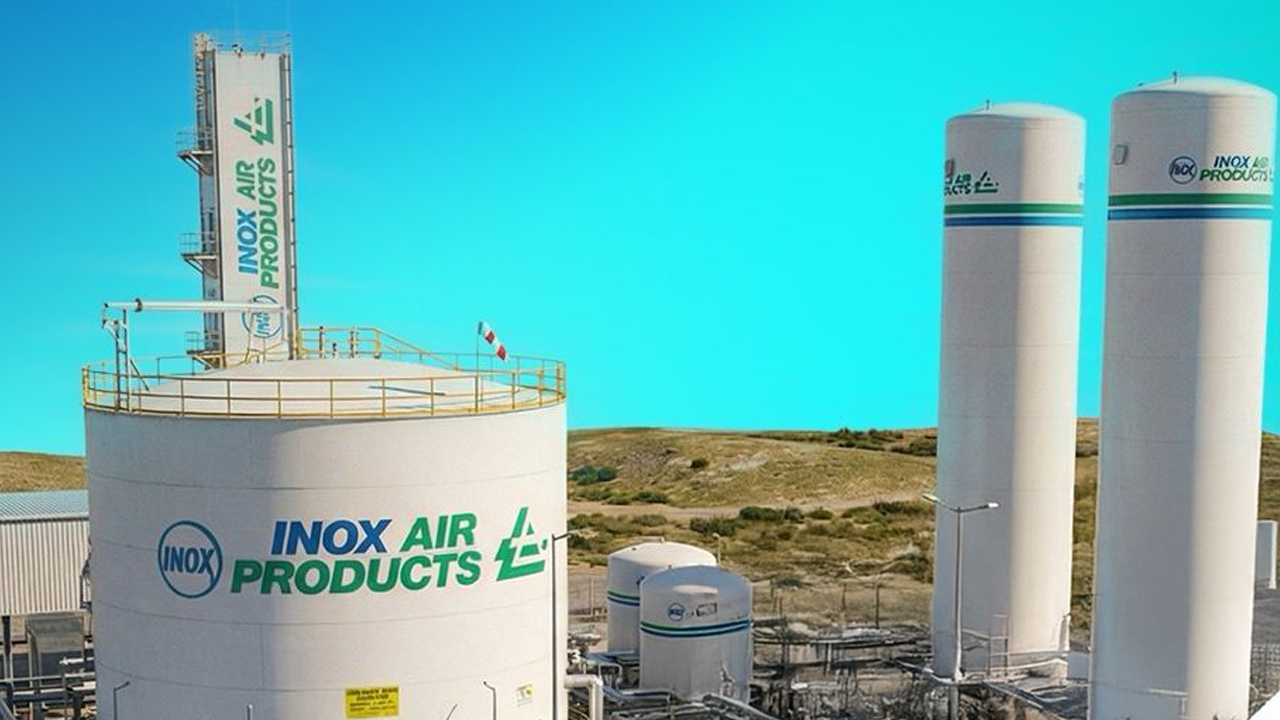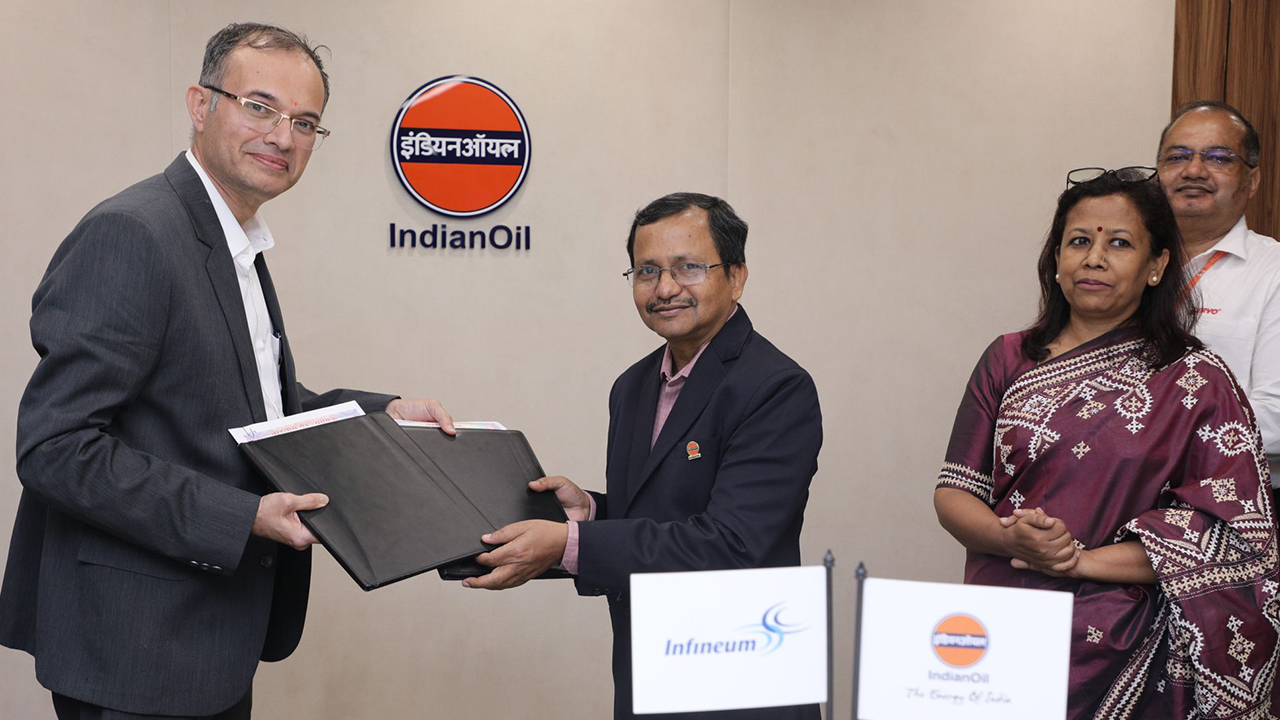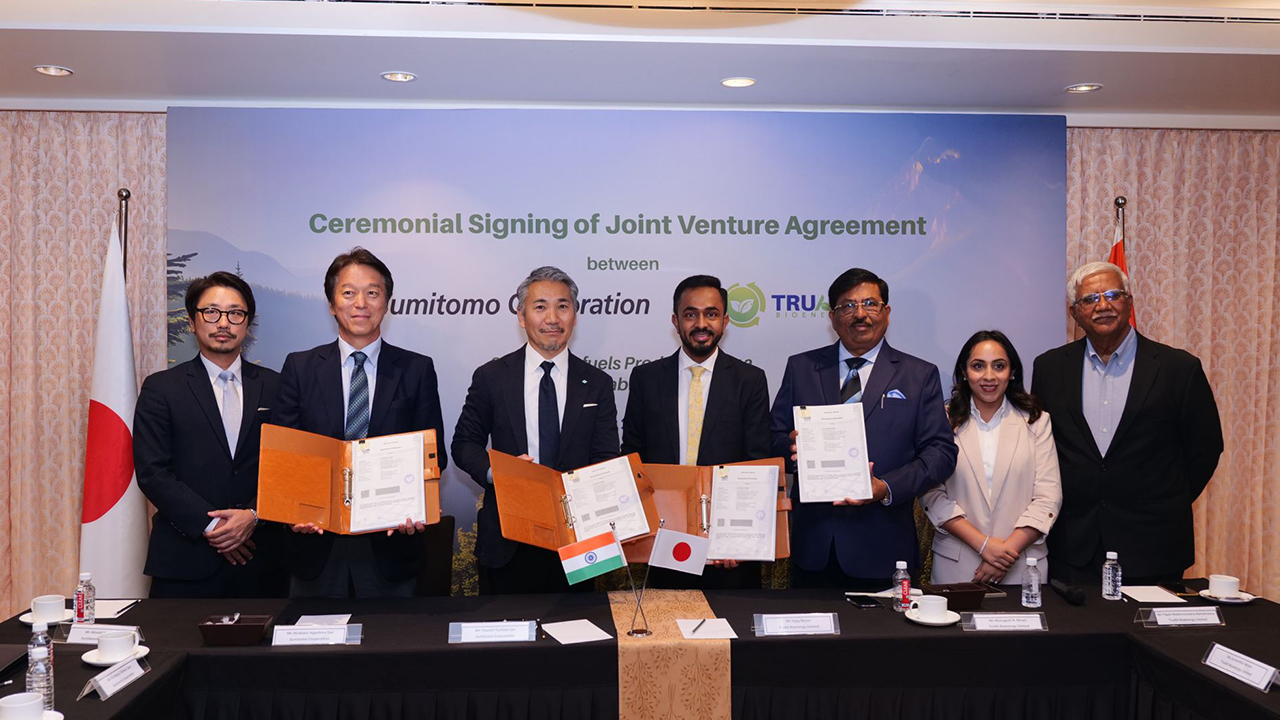International Solar Alliance, World Resources Institute and Bloomberg Philanthropies Launch ‘Our Solar Future’
#InternationalSolarAlliance #WorldResourcesInstitute #BloombergPhilanthropies #OurSolarFuture #COP27“The Roadmap is intended to stimulate joint commitments for significant near-term action by governments, development financial institutions, and private investors to help meet the Paris climate goals, SDGs and net-zero targets, with solar at the core of this transition.” - Dr Ajay Mathur, Director General, International Solar Alliance.

November 2022: At COP27, the International Solar Alliance (ISA), World Resources Institute (WRI) and Bloomberg Philanthropies launched ‘Our Solar Future: Roadmap to Mobilize US$ one Trillion by 2030’ to help meet the urgent need for a massive and more equitable scale-up of investment in solar energy. ‘Our Solar Future’ outlines priority actions by governments, development finance institutions, and other actors to rapidly scale solar investment. It was developed in collaboration with CONCITO, the Investment Fund for Developing Countries, and the World Climate Foundation.
In this pivotal moment — as the world grapples with escalating climate impacts and energy security and supply chain issues — scaling up solar energy is essential for decreasing dependence on fossil fuels and ensuring sure all people have access to clean, affordable and reliable energy.
‘Our Solar Future’ builds on the ‘Solar Investment Action Agenda’ that was launched at COP26 and identifies areas for broader collaboration to accelerate the transition to solar energy:
• Setting and tracking specific, time-bound solar targets.
• Replicating and scaling regional or global entities focused on risk mitigation.
• Coordinating international efforts to promote good practices in clean energy regulation.
• Establishing an international platform to promote standardization in solar finance and supporting common systems to track progress, performance and impact.
• Demonstrating credible solar project pipelines.
• Engaging rating agencies to review or develop innovative rating tools for emerging market blended finance funds.
• Supporting global scale-up of vendor finance.
By tackling market barriers, reducing investment risk in developing and emerging economies, and spurring collaboration, policymakers can work with businesses and the financial sectors to expand the scale and speed of solar deployment. According to WRI’s 2022 State of Climate Action report, the share of zero-carbon power needs to increase at nearly six times the current rate to put the world on a 1.5°C-compatible pathway.
“The goal of mobilising US$ one trillion in solar investments is ambitious but is feasible given the increasing commitments by private investors, governments and donors to invest in renewable energy, battery storage and grid integration,” said Dr Ajay Mathur, Director General, International Solar Alliance. “The Roadmap is intended to stimulate joint commitments for significant near-term action by governments, development financial institutions, and private investors to help meet the Paris climate goals, SDGs and net-zero targets, with solar at the core of this transition.”
“Across the world, we’ve seen it’s possible to expand access to clean, affordable energy and cut carbon emissions,” said Michael R. Bloomberg, UN Secretary-General’s Special Envoy for Climate Ambition and Solutions and founder of Bloomberg Philanthropies. “Breaking down barriers to solar power is critically important to the clean energy transition, and this new roadmap can help guide the investments that communities need to ramp up solar — and reap the economic and health benefits it brings.”
“Solar energy deployment is growing at an exponential pace — but it still must be rapidly scaled up for the world to be on track for a 1.5 °C future,” said Ani Dasgupta, President and CEO, World Resources Institute. “Solar energy is a critical tool to help decarbonize our global economy, while also offering a more affordable, reliable and secure source of energy for all people, especially those in developing economies.”
‘Our Solar Future’ examines scale-up opportunities in four market segments:
• Utility-scale solar projects offer a viable pathway to accelerate the shift away from fossil fuels, reduce energy cost, and improve reliability of electricity supply.
• Off-grid and decentralized solar applications are important to affordably reach the 785 million people who still need energy access and the 2.6 billion who need reliable grids.
• Energy storage and grid flexibility infrastructure investments — including for power transmission and distribution—are essential to integrate solar energy resources into regional electricity infrastructure and facilitate load management.
• Advanced solar and storage technologies are important for scaling solar deployment in difficult-to-serve industries and locations and for addressing intermittency issues.
Cost declines for solar energy and battery energy storage have made solar technologies cost-competitive with fossil fuels and other renewable energy solutions. However, due in part to the high cost of capital and limited financing models in many developing countries, there is vast untapped solar energy potential in many regions. Concerted efforts and innovative solutions are needed to scale solar investment — particularly in sub-Saharan Africa, Southeast Asia and the Latin America and Caribbean region.
To mobilize $1 trillion of investment, development finance institutions have a critical role to play in scaling up blended finance, concessional credit lines, and other risk mitigation instruments to help bring in private investors. Priority actions at the country level — which can be taken by governments alone or in collaboration with utilities, national development banks, commercial banks, and development finance institutions — include aggressively addressing policy and regulatory barriers to solar investment and building momentum in project pipelines.
In addition, coordinated and ambitious action among international institutions is needed to deliver investment at scale.
NEWSLETTER
TRENDING ON PRO MFG
MORE FROM THE SECTION









